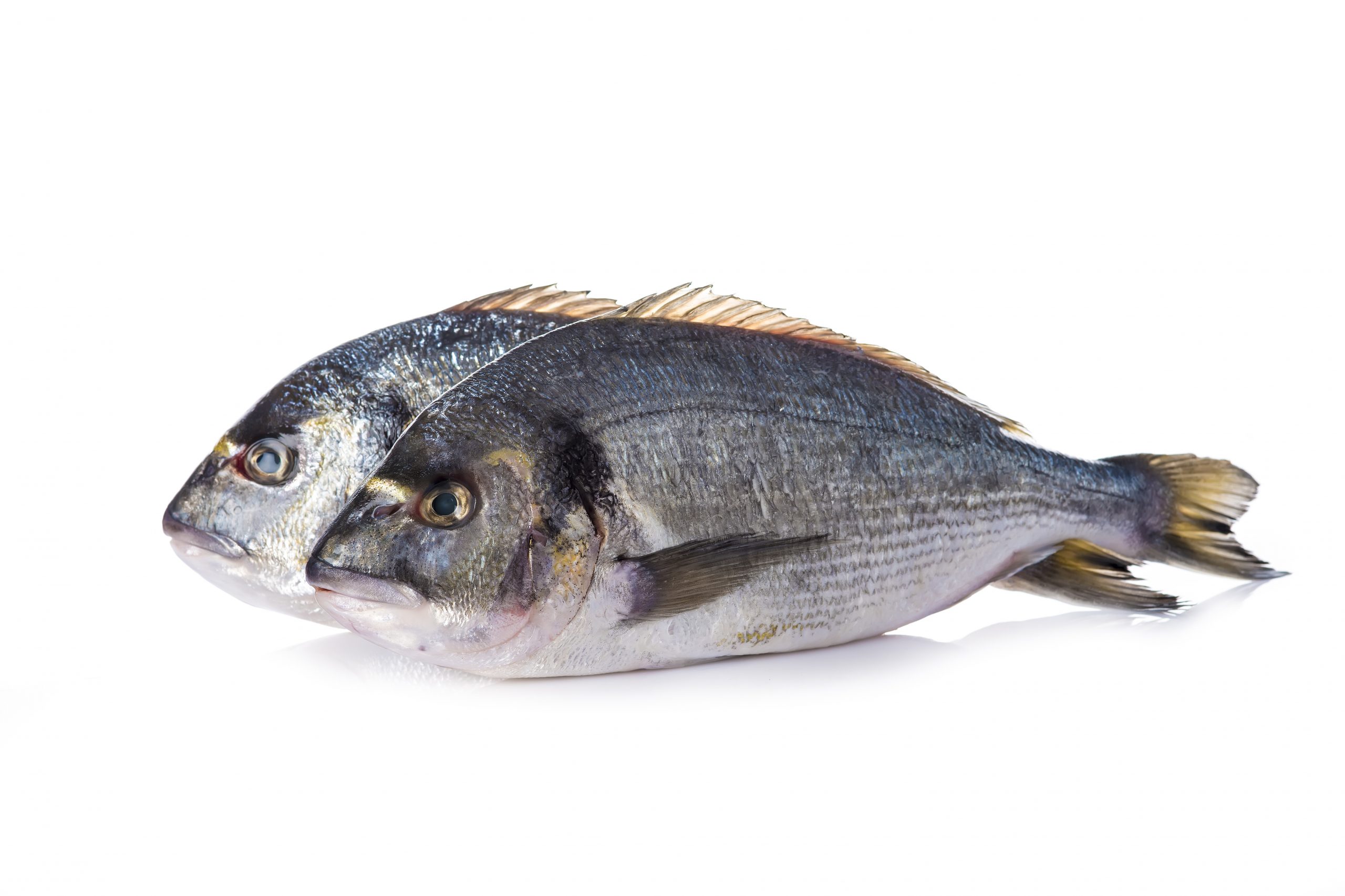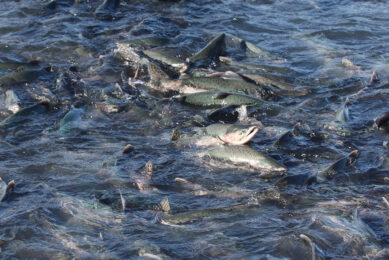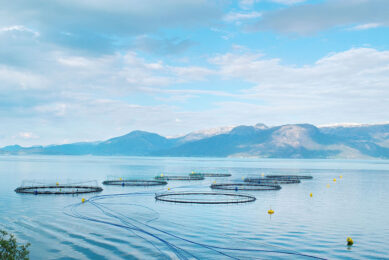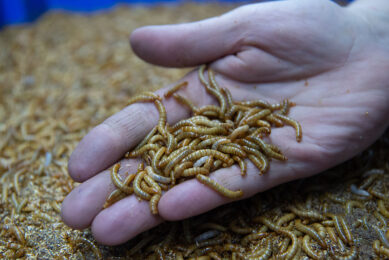Phosphorus digestibility and retention in sea bream

Diets for fish are changing in this sense that less fish meal is used, being replaced by vegetal protein sources. Contrary to fish meal vegetal protein contains only low levels of phosphorus, therefore, fish diets nowadays have to be supplemented with inorganic feed phosphates.
Inorganic feed phosphates contain both a high level of total and digestible P. The digestibility of different phosphates is however not the same, as it appears that digestibility greatly depends on product solubility. Therefore, Aliphos has carried out several trials over the years to show the effectiveness of its feed grade mono-ammonium phosphate* (hereafter called ‘MAP’). In most cases, the trials involved salmonids (trout and salmon). As information was still lacking for other fish species, Aliphos has now undertaken a new trial with sea bream. The phosphorus retention and digestibility trial with sea bream (Sparus Aurata) was carried out by AquaBiotech in Malta. It tested the effectiveness of MAP over monocalcium phosphate** (hereafter called ‘MCP’) with this species
Experimental set-up
Gilthead sea bream weighing approximately 2.8 grams at the start of the trial were used to observe growth and phosphorus retention, while fish of approximately 17g were used to explore phosphorus digestibility. The trial used a recirculation aquaculture system (RAS) with nine tanks, each with a volume of 200 litres. Prior to the start of the trial, the fish were graded and randomly allocated to the tanks. 85 fish per tank were used for growth and phosphorus retention, with 100 fish from this population sampled and frozen for initial body analysis. This part of the trial lasted 56 days and the fish were weighed at the start and at two-week intervals. The phosphorus digestibility section involved 40 fish per tank and lasted three weeks. Three diets were formulated based on zero fish meal inclusion: one negative control, a diet containing MCP and a diet containing MAP’(Table 1). The trial diets were estimated to contain 0.45% digestible phosphorus (dP) with a calcium/dP ratio of 1.4. The fish were fed a fixed feed regime (determined by the control) by hand four times a day over the whole trial period.
Results
Regarding productivity: Only the groups fed the ‘MAP’ diet were able to almost triple their weight over the 56-day trial to reach 7.73g. The control (4.25g) clearly lacked sufficient digestible phosphorus, whereas the results for the diet with MCP was with 5.55g in between the two. It is clear that a sufficient level of digestible phosphorus (dP) is necessary for optimal production. This was clearly lacking in the control group, as reflected in its low specific growth rate (SGR) and a very high feed conversion (FCR). Adding MCP to the diet improved these parameters somewhat. However, with ‘phosphate’, calculated to offer the same dP level as that offered by the MCP, both SGR and FCR clearly improved to 1.81 and 2.26 respectively (Figure 1). In addition, mortality rates with the control diet (11.33%) and with the diet containing MCP (16%) were both higher than in the diet supplemented with ‘phosphate’ (5.67%). Regarding apparent nutrient digestibility: The digestibility of protein, calcium and phosphorus was based on the ratios of yttrium oxide and the nutrient in the feed and faeces. Since sea bream can take up calcium from the surrounding water, Ca digestibility turned out to be negative. Protein digestibility was slightly lower with the MCP group compared to the control and ‘phosphate’ groups. Differences in P digestibility were significant between the diets, with ‘MAP’ reaching a P digestibility of 76.41% (Figure 2).
The P digestibility of the feed phosphates added were also significant different, with MAP reaching a level of 96.15% (Figure 4). In addition, the fish receiving the diet with MAP had significantly higher lipid content together with a lower moisture content than those of both the control and the MCP groups). This reflects better utilisation of the dietary nutrients. The body phosphorus levels of the different trial groups at the end of the trial were lower (0.67%, 0.69% and 0.73% resp. for the control, MCP and MAP) than the initial level of 0.82% indicating that the levels of P in the feeds were below the dietary requirement. This was the same for ash and calcium, with only the MCP diet showing a slightly higher Ca level than the initial level. Protein retention levels were low, however significant higher for the sea bream receiving the MAP diet compared to the control and MCP (Figure 3). The phosphorus retention was also significantly higher for the ‘phosphorus’ diet. The retention of P from the MCP and MAP also showed significant differences (Figure 4). For MAP the retention was calculated at 58.48%, while the retention for MCP was only 30.86%.
Discussion
It was evident from the trial that both the P digestibility and P retention of the MAP was significantly higher than of MCP. Performance was also significantly better with ‘MAP’ than with MCP, as was protein retention. Based on this trial and earlier trial carried out with trout and salmon, it is recommendable to use the figures for P digestibility/P retention for the different fish species (Figure 5).
* Windmill® Aquaphos ** Aliphos Monocal®
Join 26,000+ subscribers
Subscribe to our newsletter to stay updated about all the need-to-know content in the feed sector, three times a week. Beheer
Beheer









 WP Admin
WP Admin  Bewerk bericht
Bewerk bericht